We always want our YouTube videos to both educate and entertain but sometimes, we also want to push ourselves beyond standard reviews and try something different. For our latest photo challenge, we wanted to see just how minimal we could go with our gear and still be able to pull off professional-grade images.
I foresee this becoming an ongoing series, encompassing many different genres of photography. But this time around, the focus was portrait photography. The results of this challenge also surprised us, and illustrated how necessary knowledge and experience are compared to equipment. Not everyone has the budget to buy the latest and greatest gear and many of us may also rely on used equipment to run our photo business. In terms of high-end equipment, how little can we get away with while still capturing great images, and how much difference does the experience of the photographer and the model make?
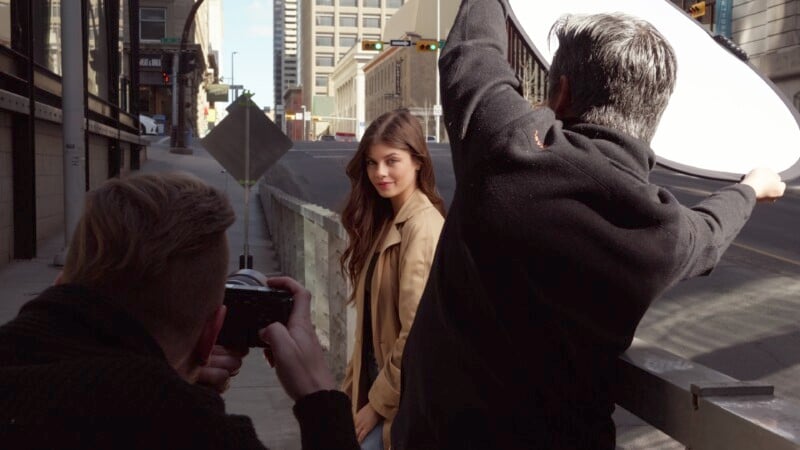
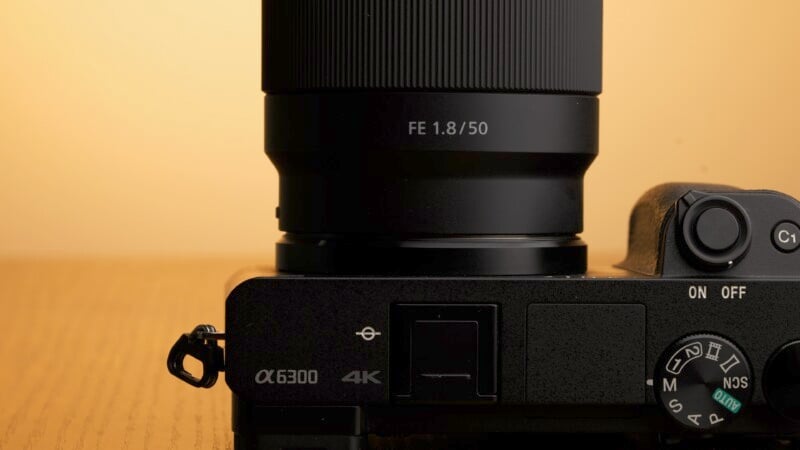
It Takes a Talented Photographer
In our test, it turns out that experience was crucial, so we worked with one of the best. Our good friend Nathan Elson has been a professional portrait photographer for over 15 years and a guest on our channel many times. We were also fortunate to work with Kamryn, an accomplished and talented model.
So, what gear did we decide to give Nathan? I quickly decided to go to the used market. Pre-owned cameras often have plenty of life left in them, and frankly, most high-end brand-new cameras the average photographer purchases are criminally underutilized.
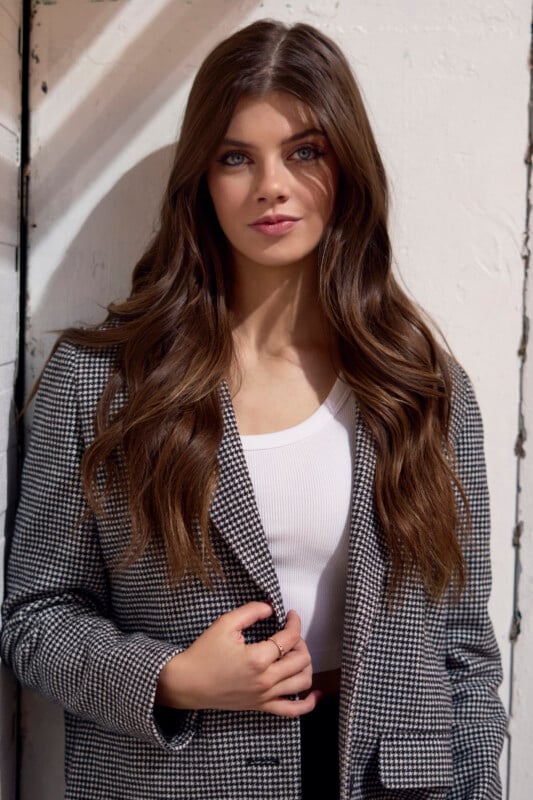
Used Cameras Still Have a Lot to Give
A quick search at KEH revealed many attractive options, and we knew the cameras would be in good shape. At first, I looked at used DSLR cameras like the various Canon Rebel bodies, which are ubiquitous on the used market and generally have very capable 24-megapixel sensors. I also knew that Canon would have many affordable lenses available to keep costs down. However, in the end, I found a Sony a6300 kit with a cheap and cheerful Sony FE 50mm f/1.8. I decided on this kit because the price was only marginally more than an older Rebel body with a similar lens. It also offers an early version of eye-detect autofocus, which many users would find useful for portraits.
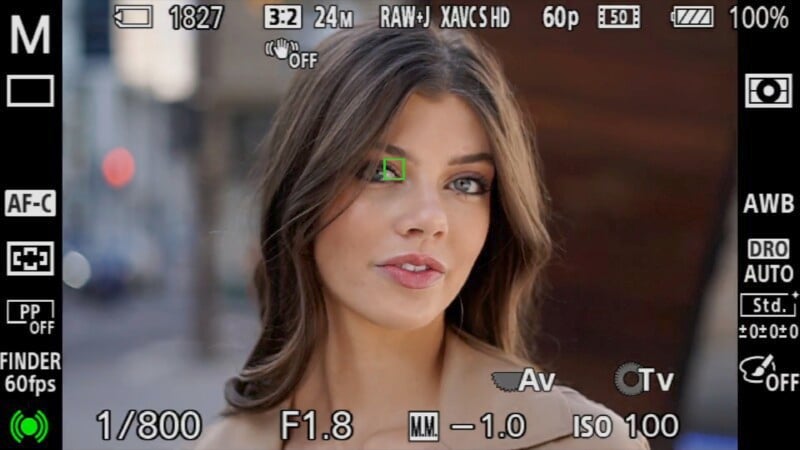

So we handed Nathan our weapon of choice and unleashed him on the streets of downtown Calgary. Nathan had no additional lighting available, but I offered to hold a reflector for him, a handy tool anyone can afford.
He quickly familiarized himself with the camera and started to chase light. Not having access to a studio with a full light setup and multiple backdrops is okay if you have a keen eye for finding interesting light. Nathan, in particular, looked for light bouncing off buildings or areas where light and shadow created interesting backgrounds for his compositions. Having a reflector in the bag becomes a great way to fill in harsh shadows or provide diffusion to break up direct sunlight.
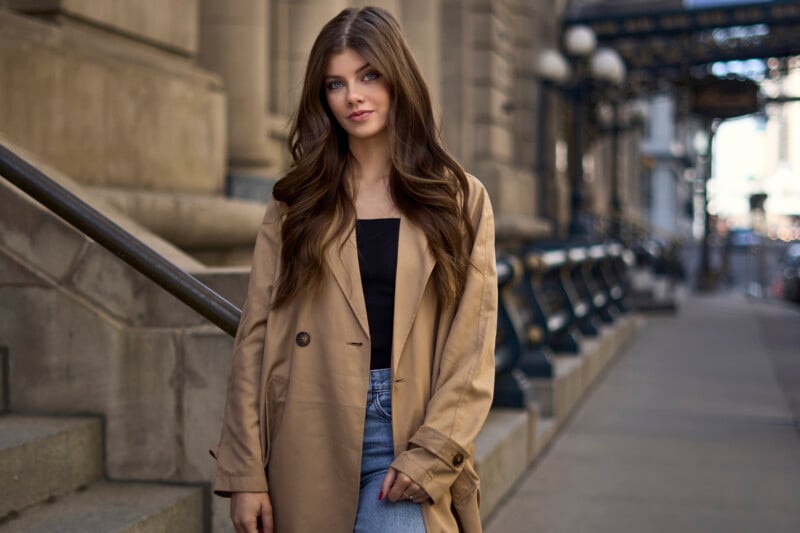
Chasing the Light is Everything
The Sony a6300 did a decent job maintaining focus on the subject’s eyes, and the 50mm f/1.8 offers a 75mm full-frame field-of-view on the 24-megapixel APS-C sensor. The lens proved acceptable for shots from head-and-shoulders to full-body pictures.
Nathan typically shoots on the full-frame Nikon Z6 II but found the simple Sony body functional and even began to appreciate the eye-detect AF feature as an alternative to classic focus and recompose techniques. Nathan had no issues with the smaller sensor. He continuously reiterated throughout the experience that light is the key factor beyond any technological advantage that a more modern camera can bring to the table.

As usual, Nathan’s images turned out stunning. It seems that to really succeed in portrait photography, it’s far more important to have talented models to work with and know how to pose them than to buy expensive gear. Learning to hunt for good light or to manipulate it properly in the studio is also critical, and growing your experience in a portrait situation can be done without breaking the bank.
